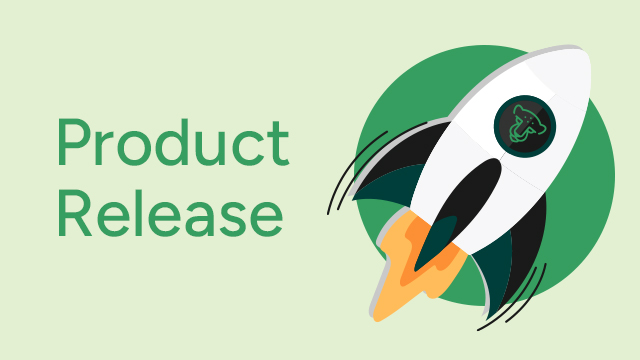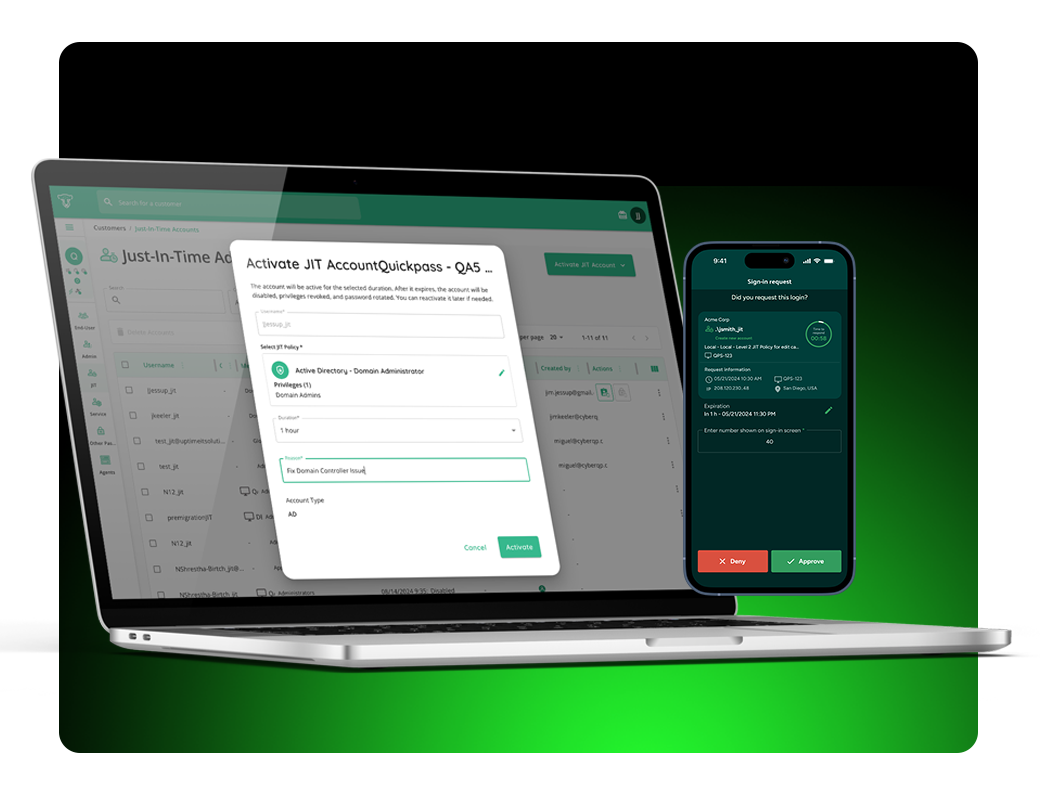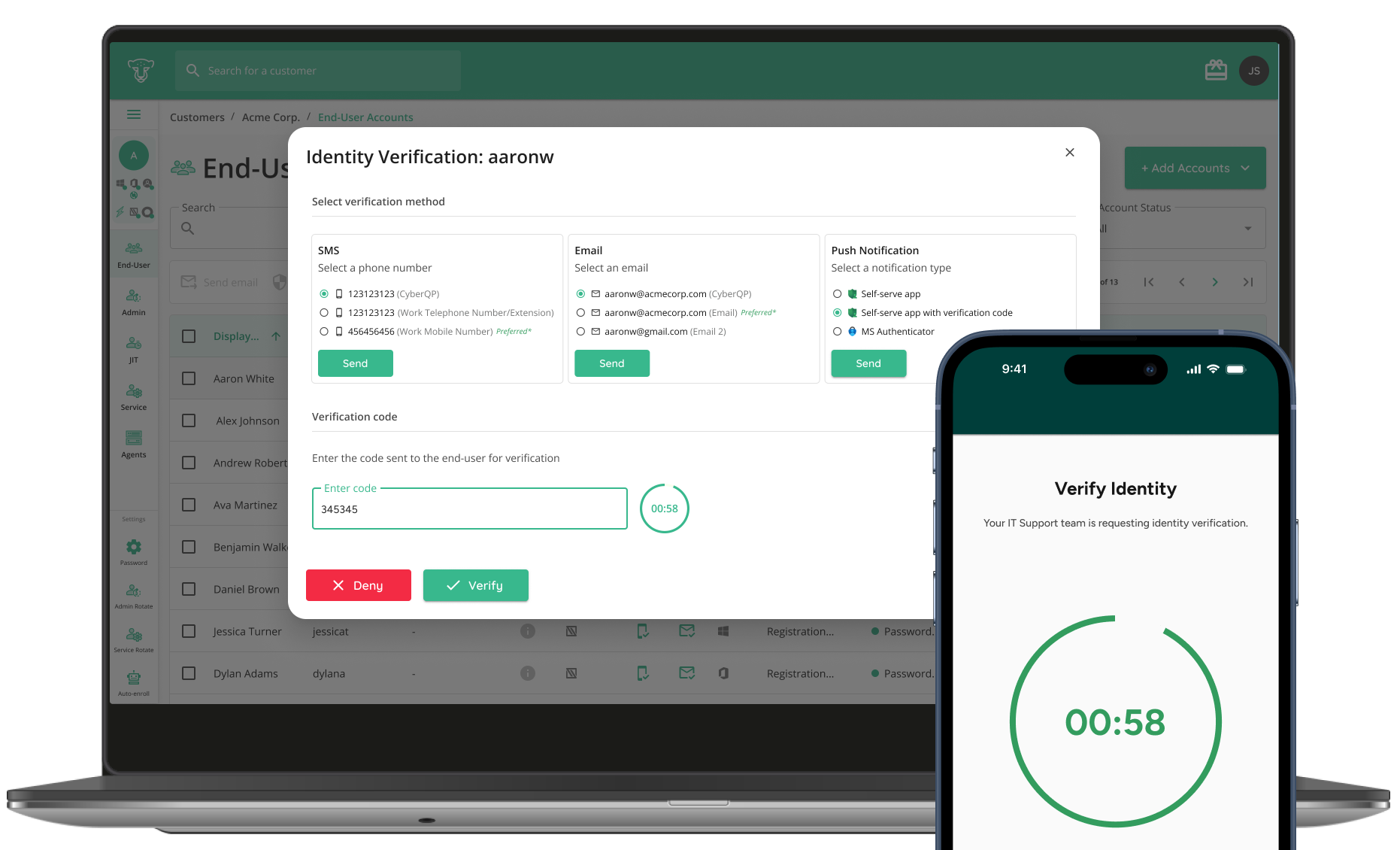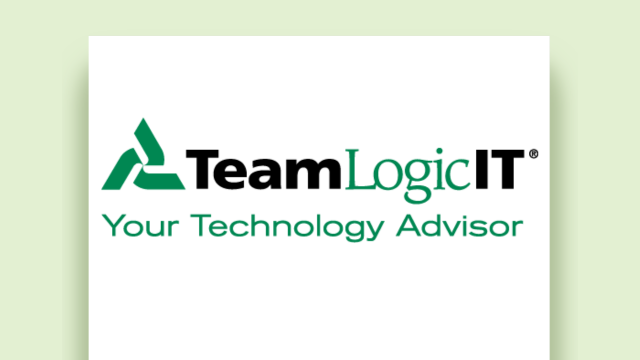
5 Ways Service Desks Can Reduce Risk and Save Time
IT leaders are constantly juggling the demands of security, compliance, and operational efficiency, often with limited resources and evolving threats. Privileged access risks, forgotten service accounts, and help desk vulnerabilities can quickly create gaps that compromise client trust and expose organizations to costly breaches.
The CyberQP Zero Trust Access Management Platform addresses these challenges head-on, helping IT teams eliminate identity risks, streamline workflows, and reclaim wasted technician hours. Here are five often overlooked capabilities that deliver outsized impact across both security and efficiency.
1. Automated Credential Rotation
Manual resets drain resources and create audit gaps. CyberQP automates privileged and service account password rotation, reducing reset tickets and ensuring compliance with security frameworks and cyber insurance requirements.
2. End-User Identity Verification
Social engineering attacks frequently begin at the help desk. With CyberQP, every user must verify before receiving support, eliminating “ghost access” risks. One MSP leader noted they could finally “sleep better at night” knowing accounts are always validated.
3. Service Account Management
Service accounts are often forgotten during offboarding or client transitions. CyberQP automatically tracks, rotates, and audits these accounts, closing one of the most common blind spots flagged by insurance underwriters.
4. Built-in Compliance Reports
Instead of scrambling for documentation, CyberQP generates audit-ready logs and reports instantly. One partner reported saving more than 10 hours per renewal cycle simply by exporting CyberQP’s compliance reports.
5. Endpoint Privilege Management
Clients often need admin rights for routine tasks, but standing privileges create unnecessary risk. CyberQP’s controlled, temporary elevation gives end users the access they need, while reducing tickets by up to 40% and keeping privileges locked down.
For IT Owners and Professionals, the CyberQP Zero Trust Access Management Platform isn’t just a tool, it’s a strategic advantage. By automating critical processes, enforcing identity verification, and providing instant audit-ready reports, CyberQP strengthens client trust, reduces operational costs, and simplifies compliance. Beyond efficiency gains, it closes the security gaps that can leave organizations vulnerable.
When the stakes are high, having the right controls in place isn’t optional. It’s essential. Explore how CyberQP helped a partner, BASE Solutions, increase their efficiency and security with Automated Credential Rotations in our new case study.










